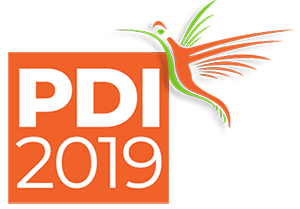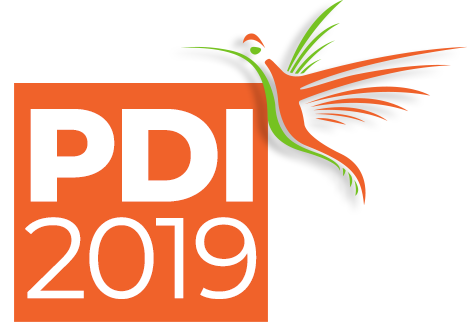Prof. Dr. Trelles Mario


Prof. Dr. Trelles Mario
College of Physicians, Barcelona Univ., Spain
Indications and limitations of laser lipolysis
Author: Mario Trelles
Currently, there is an increased demand for aesthetic face& body contouring procedures.
Based on objectively assessments and on the large experience of the author, laser lipolysis (LAL) alone or as an aid to liposuction is considered as a recommendable intervention for fat elimination. The procedure is effective in treating practically any area of the body, especially those with moderated fat accumulation.
However, taken as example Teimourian high-grade upper arm excessive fat-tissue collection accompany but lax skin, LAL alone will not result in patient’s high satisfaction with outcomes. This also happens when LAL is used for treating obese individuals, or when areas with subcutaneous fat are largely distributed in the body. In our experience, patients with BMI >34 are not the best candidates for LAL, even accompany with liposuction in whatever modality. In these cases, patients should be first address to a proper dietary-regimen for weight loss.
The advantages of LAL regarding skin tightening is very advantageous. Laser energy liquifies fat deposits by thermal effect which ruptures adipocyte cell membrane, leaving residual thermal damage. As consequence of treatment, fat is reduced and lax-sagging skin in areas of surgery become more tense and reshaped due to the stimulatory effect in collagen formation.
Treatment of difficult skin facial pigmentary disorders in light and dark colored skin with combination of laser and cosmeceuticals
Author: Mario Trelles
This prospective clinical study reports on the efficacy and safety of a method of facial skin treatment using a 2780 nm Er;Cr:YSGG laser in combination with a antipigment chemical-formula (1). Treatment was performed in 30 patients presenting moderate to severe signs of benign facial pigmentary disorders.
The Er;Cr:YSGG laser was used at 9 W in 1-2 treatment sessions. During irradiation laser energy was delivered at 10 Hz by 10 fractional micro-beams, without necessity of anesthesia due to the aid of water and compressed air sprayed by the device. Patients received partial or total facial treatment and the clinical efficacy, tolerance, adverse effects, complications, and tissue changes were evaluated.
No patient presented significant complications. Epidermis and dermis changes, as result of treatment, were found beneficial. Not only the pigment disorder but the overall facial skin condition experienced a notable improvement. The mean reduction of basal skin pigment before treatment was 70 to 80% from the first treatment session. Patients were satisfied or very satisfied and would recommend the combined laser-derm-cosmeceuticals transepidermization treatment.
Results show an excellent safety/efficacy profile for this method of treatment which, based on observed results related to the use of chemicals and laser treatment (2), is consider improves results achieved by standard facial peels or laser treatments, particularly on dark skin patients.
(1) The antipigment formula use is a combination of Hydroquinone, Dexamethasone, and Retinin A
Short CV
MD and PhD Maxima Cum Laude, General Surgeon, Plastic Aesthetic and Reconstructive Surgeon. American Board Diploma for Lasers in Aesthetic Surgery
Professor and Chair of the Master Program “Lasers in Medicine & Surgery in Dermatology and Aesthetics for Post Graduated Doctors”, College of Physicians, Barcelona Univ., Spain. Honor President of The European Society for Lasers in Aesthetic Surgery (ESLAS), President of the Spanish Laser Society (SELMQ) and the European Laser Association (ELA).
Contactează operatorul PDI 2019
Operatorul PDI 2019
Adresa: Str. A. Panu nr. 13, Iasi
Tel.: 0332.40.88.00-05
E-mail: inscrieri@pdi.ro/2019
Website: www.eventernet.ro
